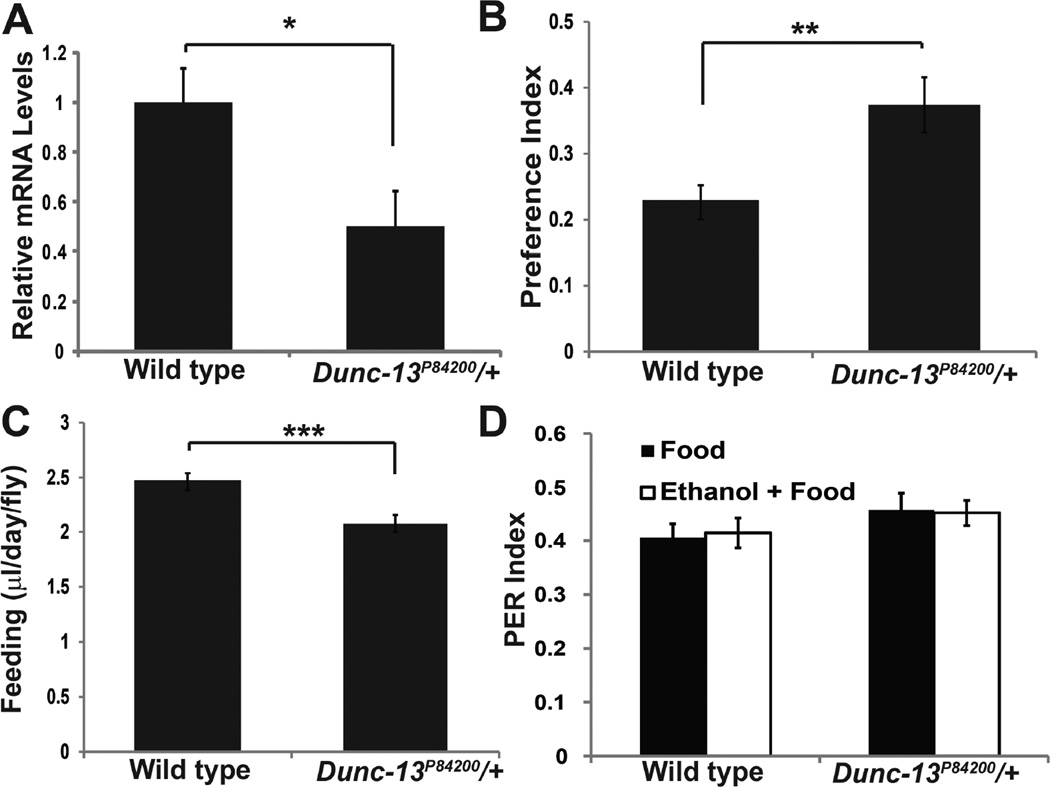Fig. 6. Dunc-13P84200/+ heterozygotes display an increased preference for ethanol.
A. Dunc-13P84200/+ heterozygotes have 50% wild type levels of mRNA as measured by quantitativertPCR. (n = 6 each group, t(10) =2.54, * p < 0.05) B. Dunc-13P84200/+ heterozygotes were analyzed in the two-choice CAFE assay for ethanol preference. The preference index is a measure of the excess ethanol containing food consumed compared to the consumption of non-ethanol containing food (Ja et al. 2007). Dunc-13P84200/+ heterozygotes had a significantly greater preference index than wild type control Drosophila (n = 44–45 each group, t(87) =2.965, ** p < 0.005). C. The Dunc-13P84200/+ heterozygotes consume less food than the wild type control genotype (n = 44–45, t(87) = 5.597, *** p < 0.001). D. The PER elicited by liquid food or liquid food +10% ethanol were determined for both wild type controls genotype and the Dunc-13P84200/+ heterozygotes. Ethanol did not change the response in either control (t(20) = 0.235, p =0.82) or Dunc-13P84200/+ (t(19) = 0.154, p =0.88) genotypes. The difference between wild type and mutant heterozygotes was not significant (t(41) =1.686, p =0.099). n > 8 for each group.

